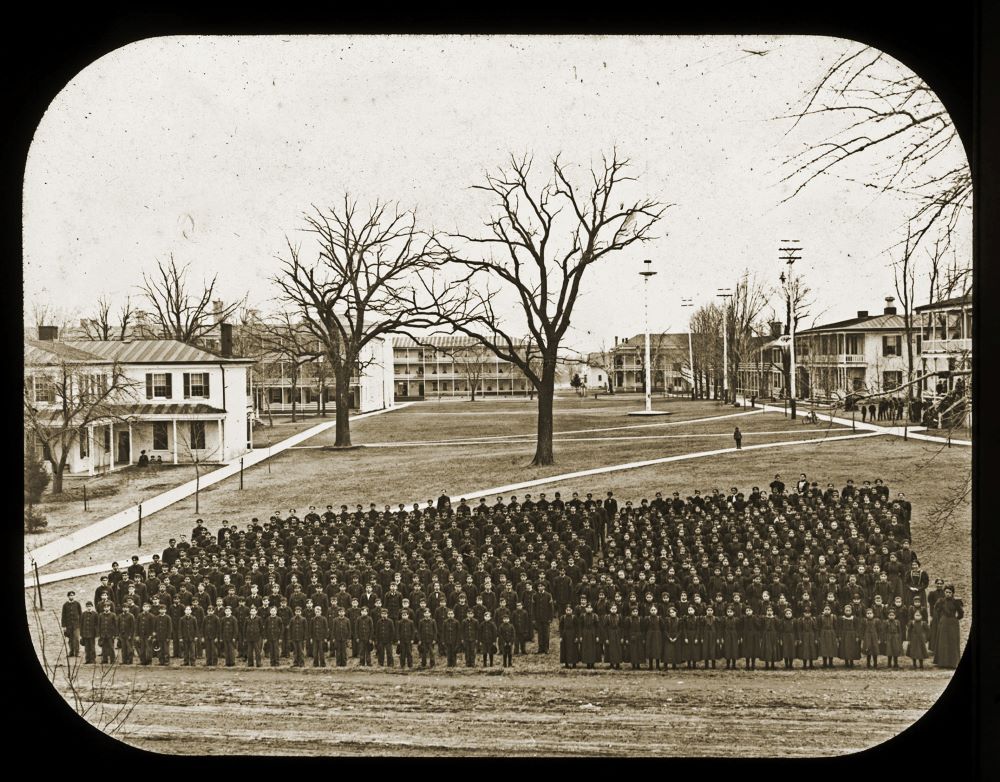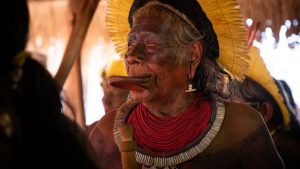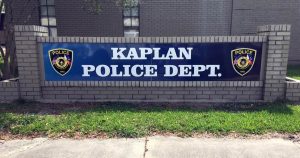January 23, 2025
On January 22, 2025, the Winnebago Tribe of Nebraska filed its opening brief with the United States Court of Appeals for the Fourth Circuit, arguing that the U.S. Army is required to repatriate the remains of two Winnebago boys—Samuel Gilbert and Edward Hensley—who attended and died at the Carlisle Indian Industrial School. The brief urged the Court of Appeals to hold the U.S. Army accountable to its legal obligations under the Native American Graves Protection and Repatriation Act (NAGPRA) to repatriate Samuel’s and Edward’s remains from the Carlisle Cemetery to Winnebago.
The U.S. Army has long claimed it is above federal law, refusing to follow NAGPRA to repatriate any of the near-200 sets of remains at Carlisle Cemetery. In 1927, the U.S. Army disinterred the remains from their original burial location to make way for a parking lot on the Army base. The U.S. Army disinterred the remains and reburied them at the Carlisle Cemetery all without notice to or consent from Samuel’s and Edward’s families or Winnebago. NAGPRA requires federal agencies and museums return Native American human remains in their possession or control to their culturally affiliated Tribal Nation.
“I, as a mother and grandmother, would want someone to bring my child back home, but I also want it to be done in a good way and NAGPRA ensures that that is possible,” said Winnebago Tribal Historic Preservation Officer Sunshine Bear.
Winnebago appealed after the U.S. District Court for the Eastern District of Virginia granted the U.S. Army’s motion to dismiss in August 2024. Even as the U.S. Army has continued to resist repatriating Samuel’s and Edward’s remains, President Biden conducted a state visit to the Tohono O’odham Reservation in Arizona to apologize for the horrific tragedies that occurred during the federal Indian boarding school era and pledged federal support to those who continue to work to address the impacts of this era. For many Tribal Nations, addressing the impacts of this era means bringing home the remains of their children who never returned from federal Indian boarding schools.
The U.S. Army’s refusal to follow federal law delays the return of remains that should have been returned to Winnebago over 125 years ago. NAGPRA, enacted to address the wrongful possession of Native American human remains and cultural items, imposes unequivocal obligations on federal agencies to repatriate remains in an expeditious and culturally appropriate manner, in consultation with Tribal Nations. The U.S. Army’s failure to comply with the law undermines NAGPRA and deprives Winnebago of its rights to honor and restore Samuel and Edward to their proper resting places.
“Tribal Nations fought hard for their rights under NAGPRA. It is the only federal law that requires the repatriation of Native American human remains, which is exactly what Winnebago seeks here,” said NARF Staff Attorney Beth Margaret Wright.
Samuel and Edward died as a result of their time at the Carlisle Indian Industrial School. After their deaths, school officials buried the boys on school grounds without their families’ or Winnebago’s consent. Today, the U.S. Army still holds the remains of over one hundred children at Carlisle Cemetery. Due to the U.S. Army’s historic mismanagement of the children’s remains, some remains are marked “unknown.”
“The U.S. Army must be held accountable under NAGPRA. Repatriation provides Tribal communities with healing from the Indian boarding school era. This is what Winnebago seeks in pursuing its NAGPRA rights to bring Samuel’s and Edward’s remains home from Carlisle,” said NARF Staff Attorney Jason Searle.
The Winnebago Tribe of Nebraska is represented by its General Counsel, Danelle Smith, at Big Fire Law & Policy Group LLP, NARF, and Cultural Heritage Partners, PLLC.

The school was designed to destroy Native communities by separating children from their families to systematically destroy each child’s cultural identity within a controlled military-like environment. In 1895, a federal worker sent Samuel Gilbert and Edward Hensley away from their community to Carlisle. Gilbert survived 49 days; Hensley survived 3 years. The school did not notify their families of their deaths. The Army later moved their bodies without consent and still refuses to comply with NAGPRA to return the two children to their Tribe under NAGPRA. Photo credit: Carlisle Indian School Digital Resource Center. CC BY-NC-SA 4.0
To learn more about Hensley, Gilbert, and the Winnebago’s fight for their return, visit the Winnebago v. U.S. Army case page




